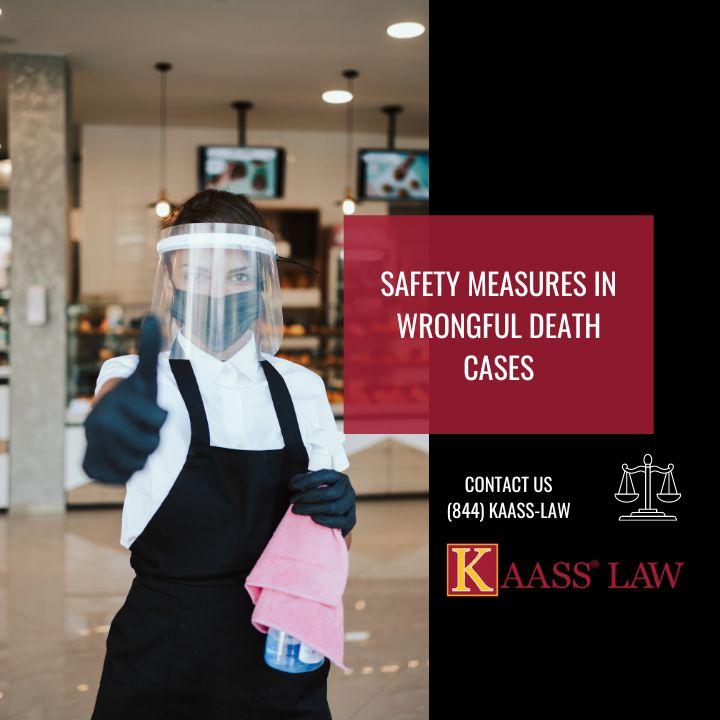Safety measures have become a top priority in a society with complex infrastructures and technological advances in many different industries. In wrongful death cases, for example, the need for safety precautions cannot be emphasized. When someone dies due to the carelessness, recklessness, or purposeful behavior of another person, wrongful death claims come into play. A moral duty that can stop disasters and lay the groundwork for justice is to ensure safety precautions are in place. In this blog post, we examine the crucial part that safety precautions play in wrongful death claims.
The Human Cost of Carelessness
Saving Lives by Taking Preventive Action
Safety precautions are there to stop incidents before they start. A proactive attitude to safety can save many lives, whether it’s on a building site, in a hospital, or on a transportation system. Failure to follow the right safety procedures can have tragic results, including the loss of life. To illustrate how crucial it is to follow safety regulations, improperly secured scaffolding on a building site can lead to tragic collapses.
Lowering Emotional Stress
The victim’s family and loved ones may experience emotional anguish in the wake of wrongful death. The perception of injustice and avoidability increases the emotional anguish when negligence is a contributing element. Organizations and individuals can help with the emotional toll on families by putting safety measures first, giving them comfort in the knowledge that every effort helped to prevent the disaster.
Establishing Negligence and Liability
Making a Negligence Case
The key to demonstrating negligence in a wrongful death lawsuit is establishing liability. Negligence is failing to use the degree of caution that a reasonable person would in the same situation. When safety precautions are ignored, it frequently shows negligence. For instance, it could be carelessness if a manufacturing corporation fails to execute adequate quality control processes, resulting in a defective product that kills someone.
Causation and Reimbursement
The establishment of the causal relationship between negligence and unfortunate death depends heavily on safety measures. The basis for compensation is strengthened if it can be shown that the lack of safety precautions directly contributed to the fatal occurrence. The failure to take safeguards can be a deciding factor in assessing the degree of liability and the compensation granted to the bereaved family, regardless of whether it is due to defective equipment, insufficient training, or inadequate security.
Moral Considerations
An ethical underpinning that permeates all facets of society, including the execution of safety measures, is respect for human dignity. A disregard for safety procedures shows a lack of care for human life and welfare. On the other hand, putting safety first demonstrates a dedication to protecting the worth of life and promoting a culture of care and responsibility.
Safety precautions aid in developing an accountable culture. Organizations and people are more likely to take precautions to avoid neglect if they are aware of the potential negative effects. Implementing safety measures protects not only against individual disasters but also against the repetition of such incidents, thereby preserving the general welfare.
Contact Attorney Today
A just society is founded on the pillar of safety measures. Safety precautions have a big significance in wrongful death claims. Safety precautions are crucial in many different ways. For example, from averting calamities and saving lives to establishing legal responsibility and upholding moral principles. Beyond the requirements of the law, they demonstrate a dedication to humanity, compassion, and the avoidance of avoidable suffering. Keep in mind that by putting safety precautions first, we honor the losses and contribute to a safer future.
Feel free to contact us at 310.943.1171 or visit the website for other practices.

